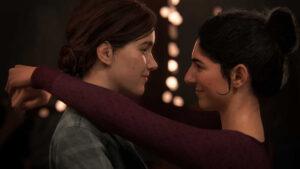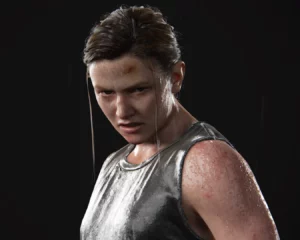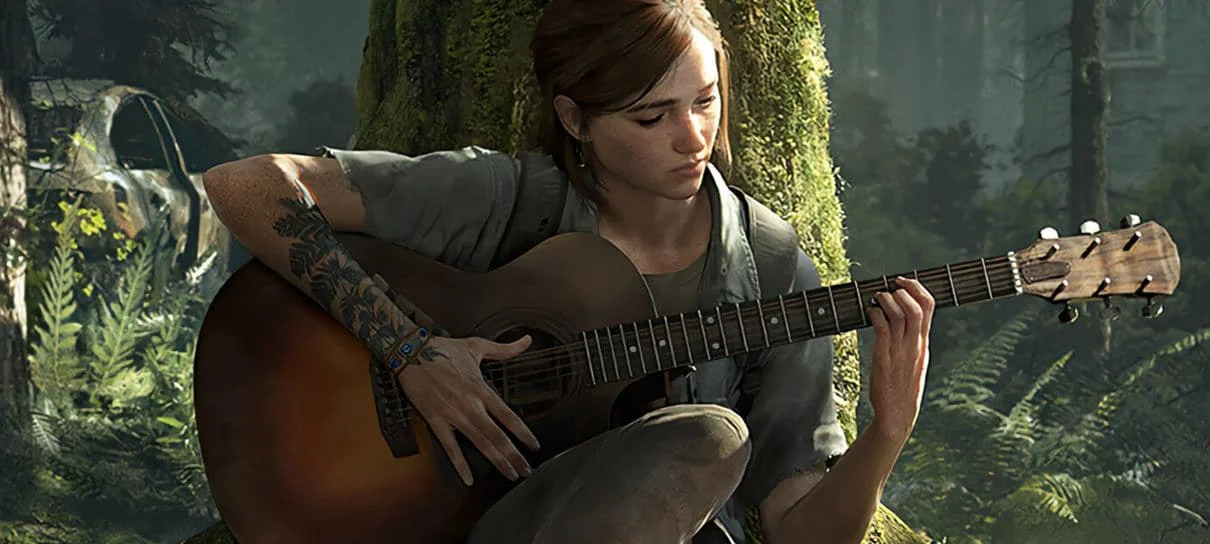The game I played for this Critical Play was The Last of Us Part II, an action-adventure narrative-based game developed by Naughty Dog and published by Sony Interactive Entertainment for the PlayStation 4. The game features a few violent scenes and centers around a post-apocalyptic survivalist world where a deadly virus fights against humanity, giving the game an 18+ rating.

The game is set in a post-apocalyptic United States and revolves around the life of Ellie, as players are made familiar with in the first installation of the game. Ellie embarks on a journey of revenge after a murder, while Abby, a soldier, becomes entangled in a conflict between her militia and a religious cult. However, this part of the game is different from the first in that Abby is also a playable character. The game offers a third-person perspective, putting players in control of the characters as they navigate the challenging world. To survive, players must combat human enemies and zombie-like creatures known as cannibals, utilizing firearms, improvised weapons, and stealth tactics.
While I think the first part of this game did a good job of telling a story about a strong female lead with no stray romantic interests or irrelevant motivations, the game was held back a little by Joel’s looming presence in the story and the fact that this strong female lead character still had to have some sort of stronger male protective figure to make choices on her behalf and save her life.
However, what the second part does brilliantly is using Joel as a plot device to tell the story of Ellie’s vengeance and by Shira Chess’ definition, telling a feminist story. I think this is true for 2 primary reasons.

First, the way queerness and a loving, complex romantic narrative is written into a game that I would have assumed to be extremely heteronormative. When I first heard about Dina being in the second part of the game, my first instinct was to be skeptical of a queer relationship being written into a game played by men due to the already fetishized stereotypes of queer women in media. I expected it to be some sort of weird sexualized relationship that reflected the ‘inherent maleness’ Chess refers to. However, the relationship portrayed in the game shows nuance, romance, solidarity, conflict and family – all of which I have rarely seen simultaneously present in queer narratives. It’s always only about perfection or only about struggle. Another character that backs up this point is Lev – I’ve rarely seen trans characters in games and media who do not have their transness called out as some sort of plot device which this game doesn’t do, in addition to giving us not 1 but at least 3 queer characters. I think queerness not being the center of their identities is inherently feminist according to Chess.

Second, Abby being a playable character is game-changing. I always thought of feminist games being those that replaces men in traditionally male narratives with women and allowed them to be fighters and warriors. However giving the protagonist and antagonist nuance and first-person perspective and blurring the lines between the good and bad forces players to think about themes beyond the game itself, similar to the Stardew Valley example Chess gives. Moreover the lack of options when it comes to being able to pick your player, gender-wise, forces player who are male and want to play this traditionally ‘masculine’ game to see the world through the eyes of women, one of the few things that only video games and such media can make possible.
Discussion Question: Intersectionality isn’t the strongest suit of the Last of Us. How do the dynamics change if other aspects of main characters were changed? Race or ethnicity for instance.




